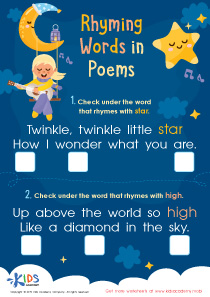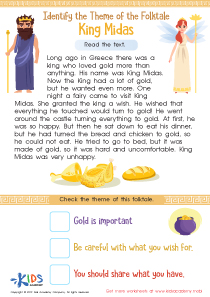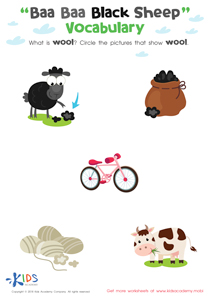Sequencing Skills Normal Reading Comprehension Worksheets for Ages 6-7
4 filtered results
-
From - To
Enhance your child’s reading comprehension with our Sequencing Skills worksheets designed for ages 6-7. These activities help young readers understand the order of events in a story, a crucial aspect of reading comprehension. Our engaging worksheets include age-appropriate passages followed by questions that promote critical thinking and reinforce sequencing abilities. Perfect for classroom use or extra practice at home, these printables make learning enjoyable. Boost your child’s literacy skills and foster a love for reading with Kids Academy’s expertly crafted resources. Visit us today to explore our variety of sequencing worksheets and support your child’s educational journey.
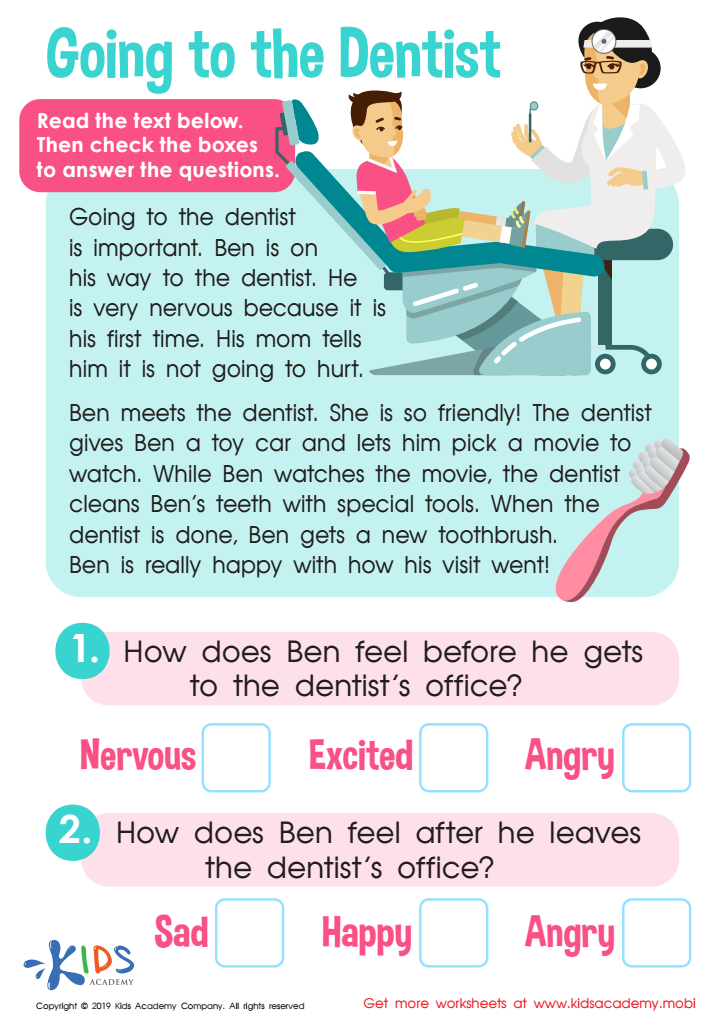

Going to the Dentist Worksheet
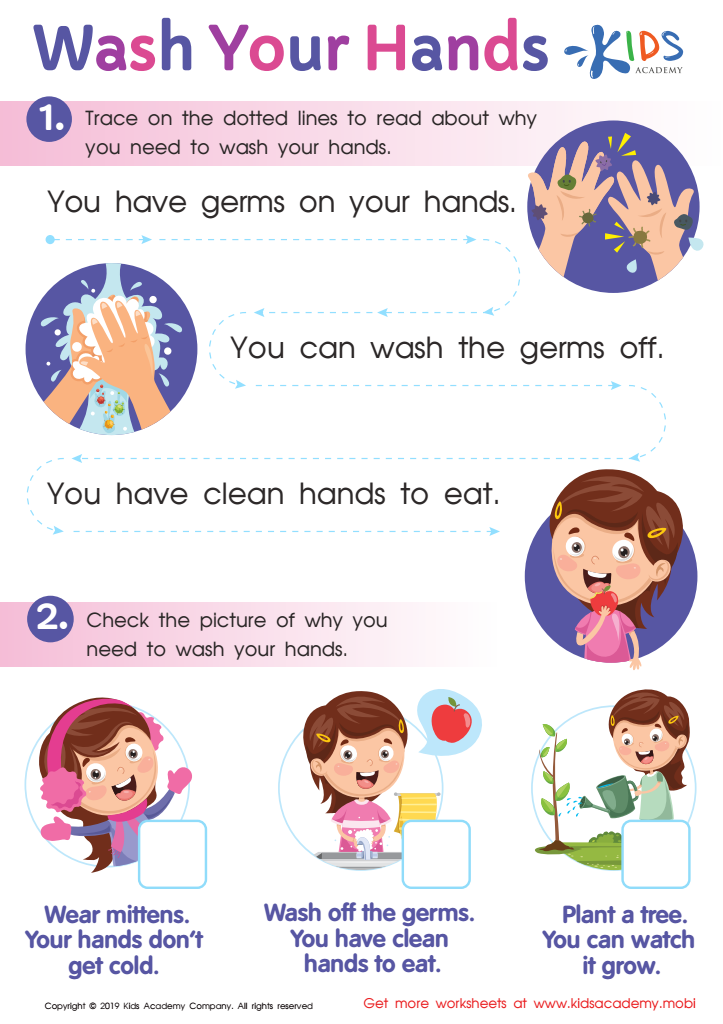

Wash Your Hands Worksheet
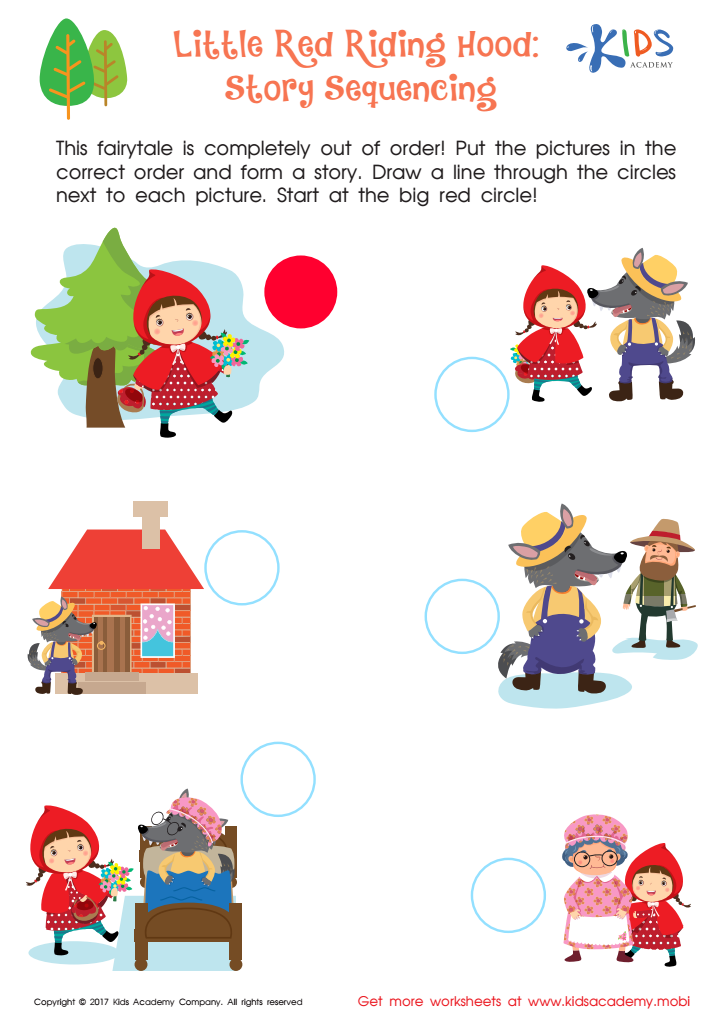

Story Sequencing Printable
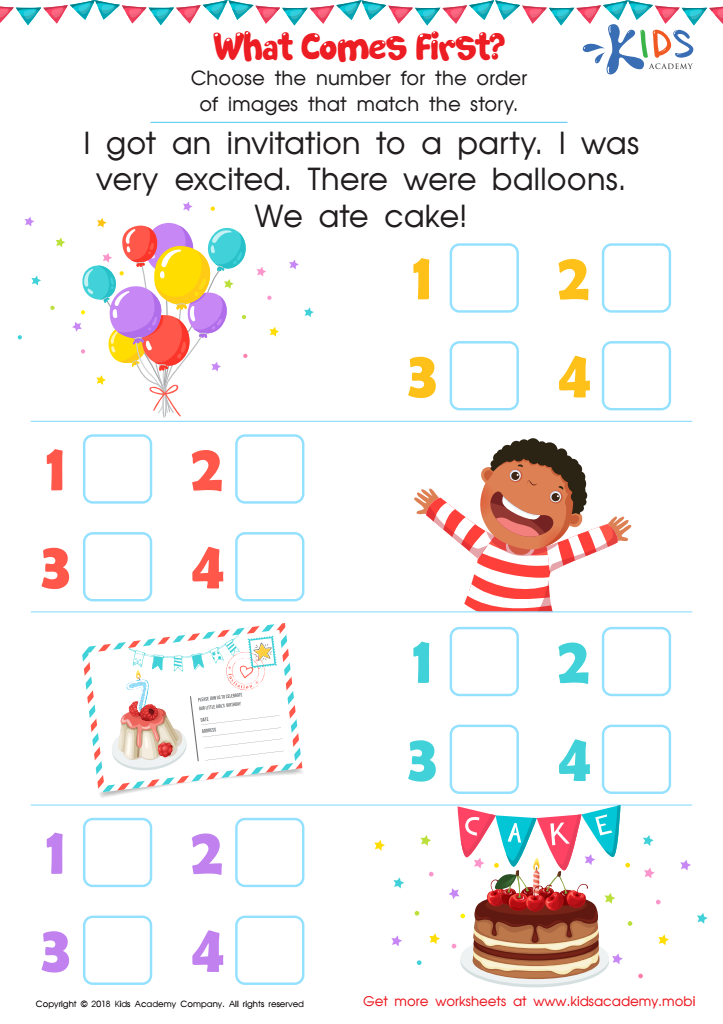

What Comes First Worksheet
Sequencing skills are fundamental for developing normal reading comprehension in children ages 6-7. At this stage, kids are transitioning from learning to read to reading to learn. Sequencing is the ability to logically organize information, events, and ideas, which aids in grasping the narrative structure of stories.
When children can't properly sequence events, they may struggle to follow plotlines, understand cause-and-effect relationships, and recall details accurately. This skill is essential for reading comprehension, making sense of everyday routines, and even in solving math problems. Proper sequencing supports their ability to predict, infer, and connect prior knowledge to new contexts, enriching their overall educational experience.
For parents and teachers, fostering sequencing skills can be achieved through interactive activities such as reading storybooks, retelling tales, or using sequencing cards and games. These activities not only make learning fun but also enhance cognitive development, laying the groundwork for future academic success. Attention to sequencing skills ensures children can better understand and enjoy stories, participate in classroom activities, and communicate more effectively. Hence, focusing on sequencing sets a strong foundation for higher-order thinking skills, promoting both language proficiency and critical thinking. Teachers and parents should prioritize this crucial developmental aspect to foster well-rounded, competent young readers.

 Assign to My Students
Assign to My Students








